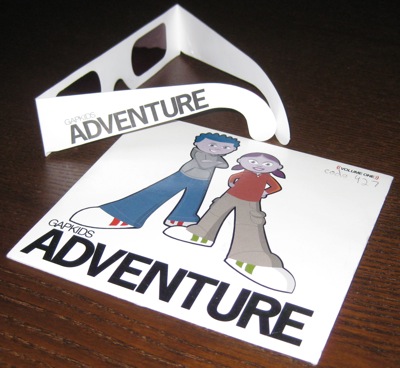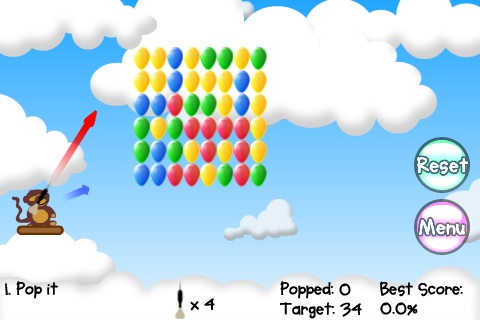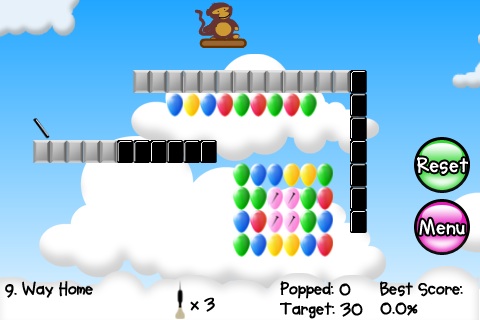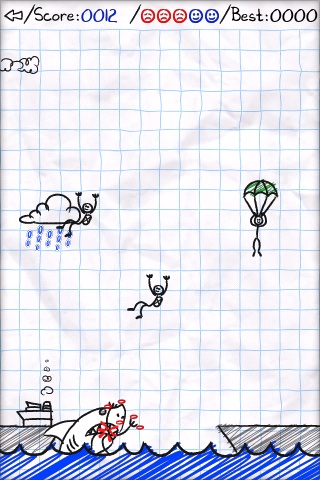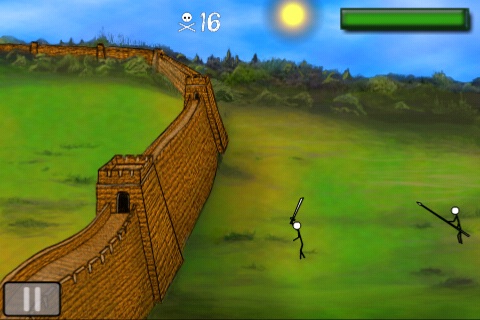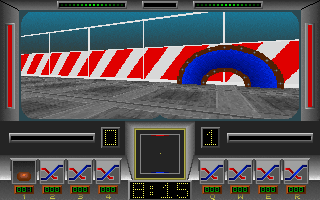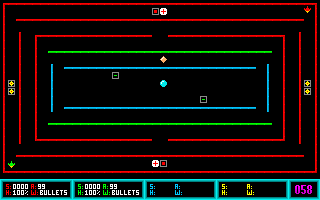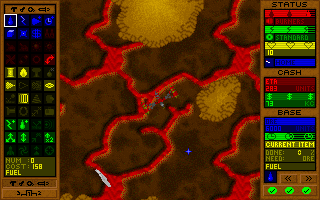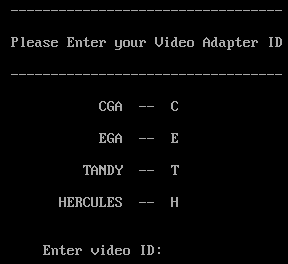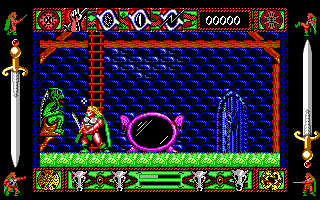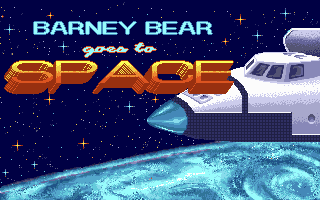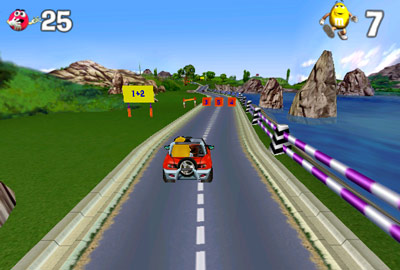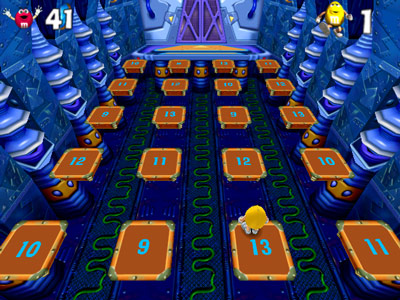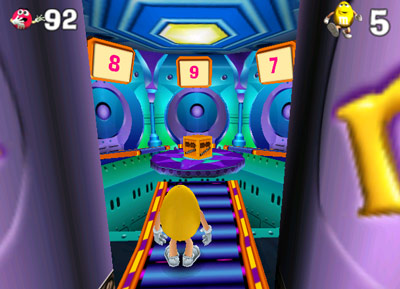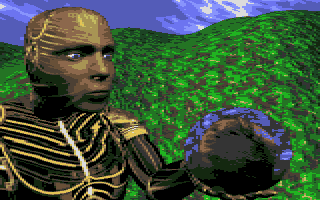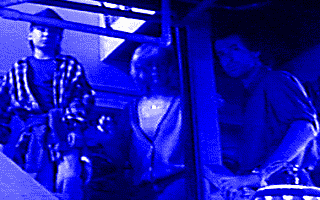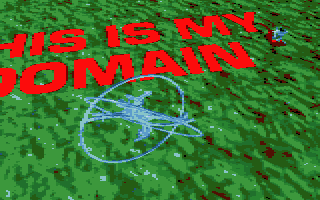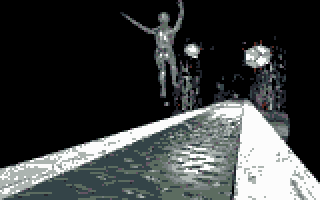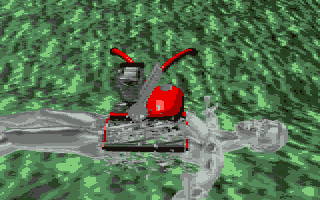3D Galactic Destroyer is just the type of hyper-generic title that begs me to jump in and see what’s going on here, especially since MobyGames has no record. Google doesn’t even have a record of this title which is even stranger. For that matter, not even the CD-ROM artwork has a record:

The CD-ROM is just one big ad for Starshine Software, whose site is now just one big URL redirect to Cosmi, noted purveyors of budget software. Studying the disc reveals a number of different directories with many different types of software. There is also a strange file called password.rtf which schools the reader in how to properly enter a password to install a piece of software. Note that it didn’t stipulate which piece of software would be installed, just that the user should read the “Program Description” and where the “Program Description” could be found.
I eventually figured out what was going on and this strikes me as unprecedented– In what was obviously an effort to save on publishing costs, Starshine created generic CD-ROMs packed with 10 different software programs (this game, a Mahjongg game, a recipe organizer, SAT and ACT prep software, a home accounting package, and some others). The installation for each is protected by a password which is found somewhere in the “Program Description” which is found somewhere in the packaging. I was getting a little annoyed since I paid a whole dollar for this, until I remembered that this spent game actually came with the jewel case literature intact.
So I figured out the password for the 3D Galactic Destroyer installer (‘mission’, don’t tell anyone). I learned that this is developed by Webfoot… why do I recognize them? Ah yes, they were responsible for Safari Kongo, which never worked for me, and 3D Marble Flip, which worked but was rather bad.
I also learned through a series of clues that the original title for this game is 3D Missile Madness which produces plenty of Google hits (mostly warez sites, it seems). What kind of well-known game have they hijacked for this outing? The Defender concept:
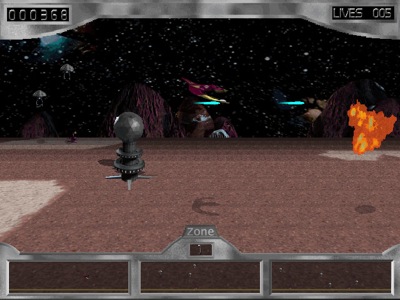
The destroyer skims along a planetary surface taking out various hostile flying enemies while rescuing friendly aliens on the ground. In a slight twist, each level has 3 planes along the surface that the player can (and must) traverse between to neutralize all the bad guys. It’s a decent effort but is rather difficult to control.
Tech support time: This is a Windows 95 game and I’m trying to run it under Windows XP. I had to mark both the “run in 640×480 mode” and “Windows 95” settings in the game’s properties page before the game would run without complaint. Further — and this is critical — it was necessary to manually kill the game from the Task Manager after exiting. Even after what appears to be a clean exit, a process named something like 3dGalacticDestroyer.exe was hanging around in the process list and prevented certain other programs (including itself) from executing.
See Also:
At MobyGames:
